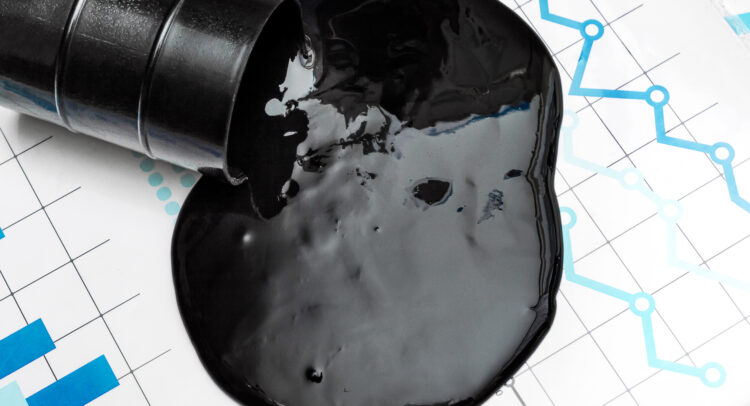The Biden administration has been calling upon the Strategic Petroleum Reserve (SPR) to manage and moderate rising fuel prices, a key contributor to overall inflation. This approach first began in response to the surge in oil prices following Russia’s invasion of Ukraine in 2022. At the time, President Biden ordered the release of 180 million barrels from the SPR to stabilize crude prices and lower gasoline prices for American consumers. While the reserve now sits partially depleted, the president has made new plans to dip into the reserves to push prices lower and offset summer driving costs.
What Is the Strategic Petroleum Reserve
The Strategic Petroleum Reserve is the world’s largest emergency crude oil stockpile. It belongs to the U.S. government, which uses underground salt caverns along the Gulf of Mexico to warehouse the oil. The SPR’s stated purpose is for national security and to help the U.S. maintain its foreign policy independence. It can also help the country withstand temporary supply disruptions caused by natural disasters, accidents, or sanctions.
Current Strategy and Preparedness
As of June 17, 2024, the administration remains committed to using the SPR to control fuel costs. Amos Hochstein, President Biden’s closest adviser on energy, confirmed that the administration is prepared to release more oil from the SPR if petroleum prices surge again this summer. This strategy aims to ensure that the market is well-supplied to keep consumer prices as low as possible. Perhaps it could even benefit his chances of being re-elected in November, where economic issues are often pivotal.
Challenges and Criticisms
Despite efforts to refill the reserve, the SPR still holds about 367 million barrels, which is down from nearly 600 million barrels at the start of 2022. The Energy Department has been buying back oil at favorable prices, averaging around $77 per barrel compared to the $95 per barrel it sold for in 2022. This move is part of an effort to replenish the SPR, which is currently at its lowest level in 40 years.
The administration faces criticism and political pressure regarding its use of the SPR. Republicans have accused Biden of “political abuse and misuse” of the stockpile, particularly during election years. Additionally, geopolitical factors such as sanctions on Iran, Russia, and Venezuela complicate the administration’s ability to maintain stable oil supplies without further depleting the SPR.
Balancing Short-Term Relief and Long-Term Energy Security
The White House has been leveraging the SPR to combat high fuel prices and inflation, trading immediate economic relief against some long-term energy security concerns. Historically, the SPR was established after the 1970s Arab oil embargo to protect the U.S. economy from shortages. However, given that the U.S. now produces a high percentage of its own oil and is the world’s top producer of crude, the focus has shifted from preventing outright shortages to managing inflation and price volatility caused by supply shocks.
Key Takeaway – There Must Be a Balance
The Strategic Petroleum Reserve remains a crucial tool for the Biden administration to manage fuel prices and inflation. However, the administration must balance the immediate need to control fuel costs with long-term energy security concerns, especially in the face of geopolitical challenges and domestic criticisms.
















